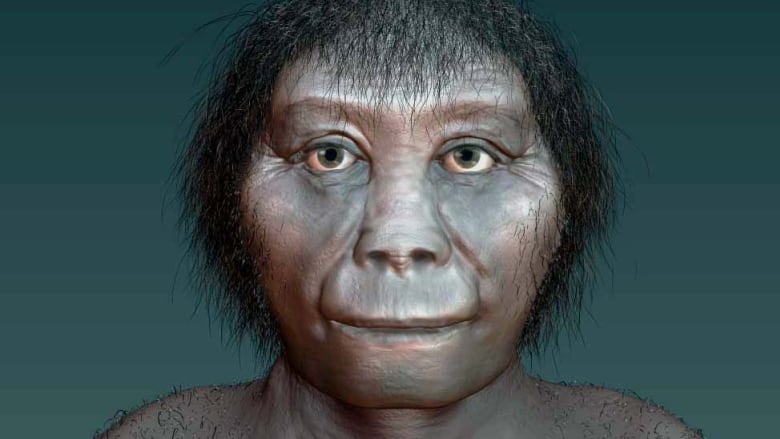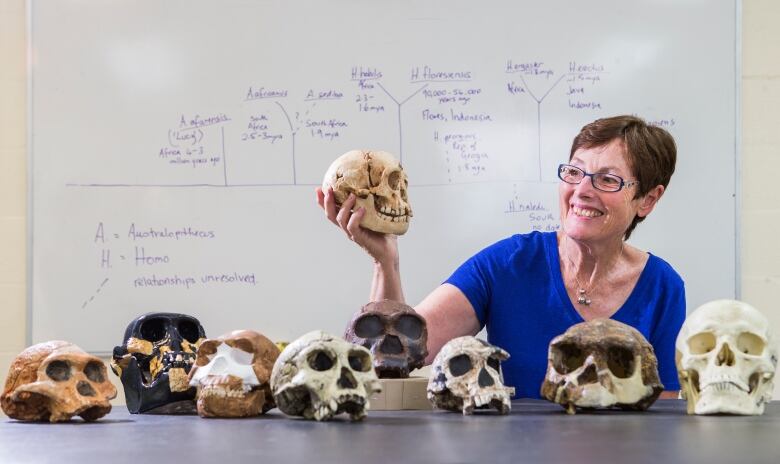Origins of 'hobbit' species discovered
Species had a hotly debated history, but new research on Homo floresiensis puts the other theories to bed

Scientists have discovered the origins of a short, ancient species of humannicknamed 'hobbits' due to their small stature, putting to rest several other theories that had been hotly debated ever since its discovery.
Homo floresiensis stood at an average height of three feet andsix inches. Fossils from the species werefound on the island of Flores in Indonesia in 2003.
One popular theory about its origins was that the species evolved to a smaller size from the taller Homo erectus, which has been found on nearby Java in Indonesia.
Another theory was that it wasn't a new species at allbut an early human ancestor with some kind of genetic disorder possibly Down Syndrome.
But new research by Dr. Debbie Argue from the Australian National University in Canberra, and published in the Journal of Human Evolution, has determined that Homo floresiensis is its own distinct species with roots dating back 1.75 million years.

Argue and her team studied 133 different characteristics of the Homo floresiensisskull, jaw, teeth, shoulders, legs and arms, and compared them to all other known hominid species.
They found that it's a long-surviving cousin of Homo habilis, an early human ancestor with roots in Africa. None of their tests yielded evidence to support the theory that Homofloresiensis evolved from Homo erectus.
"These two species are most likely to have shared a unique common ancestor that was not shared with any other species in our analysis," she said. "But [Homo floresiensis] lived half a world away, and is separated in time by maybe two million years."
Lived 'comparatively recently'
Argue says one of the most interesting things about the species is that it lived until about 54,000 years ago which is very recent, evolutionarily speaking.
"That anything so archaic-looking could have been found to have lived so comparatively recently is one of the things that was so unexpected about this species," said Argue.
One of those "archaic-looking" features was short legs, which made the arms appear long.
"Not as long as, say, a chimpanzee, but way outside the range of modern humans," said Argue.

They also had long feet in comparison to their legs again, much longer than the range seen in modern humans. Homo floresiensisalso had shoulders and a face that "shrugged" forward, said Argue, a mound of bone in the forehead area that extended around the outside of the eye area, and no chin.
"Instead, the jaw slopes backwards, and inside it has a shelf of bone that is below the incisors, compared to our jaw that is vertical inside behind the incisors," said Argue.
Argue says this is still early days when it comes to research on little Homo floresiensis.
"How did it get to Flores all the way from Africa? When did it leave Africa? When did it get to Flores? So much to find out," she said.












_(720p).jpg)


 OFFICIAL HD MUSIC VIDEO.jpg)
.jpg)



























































































